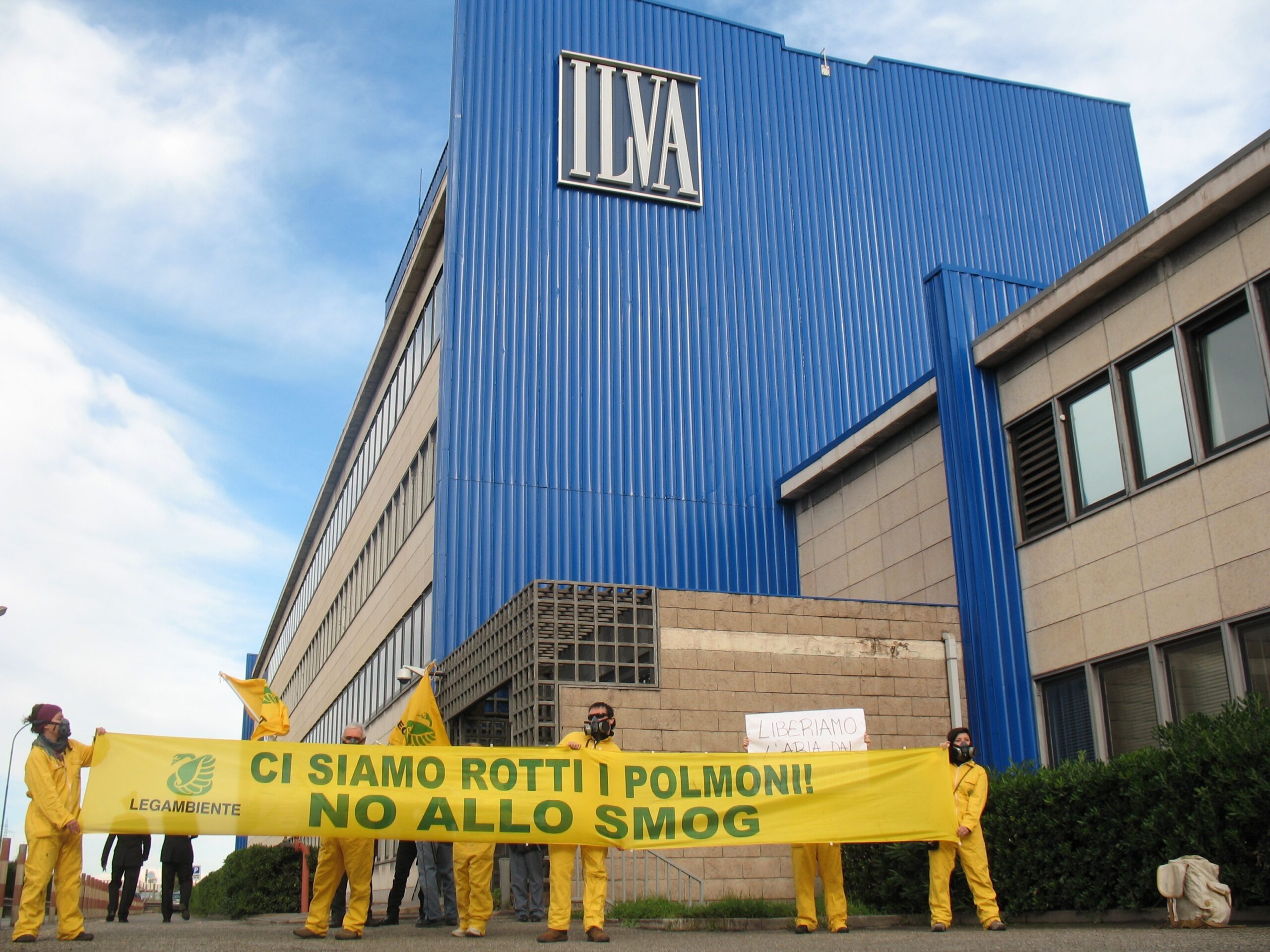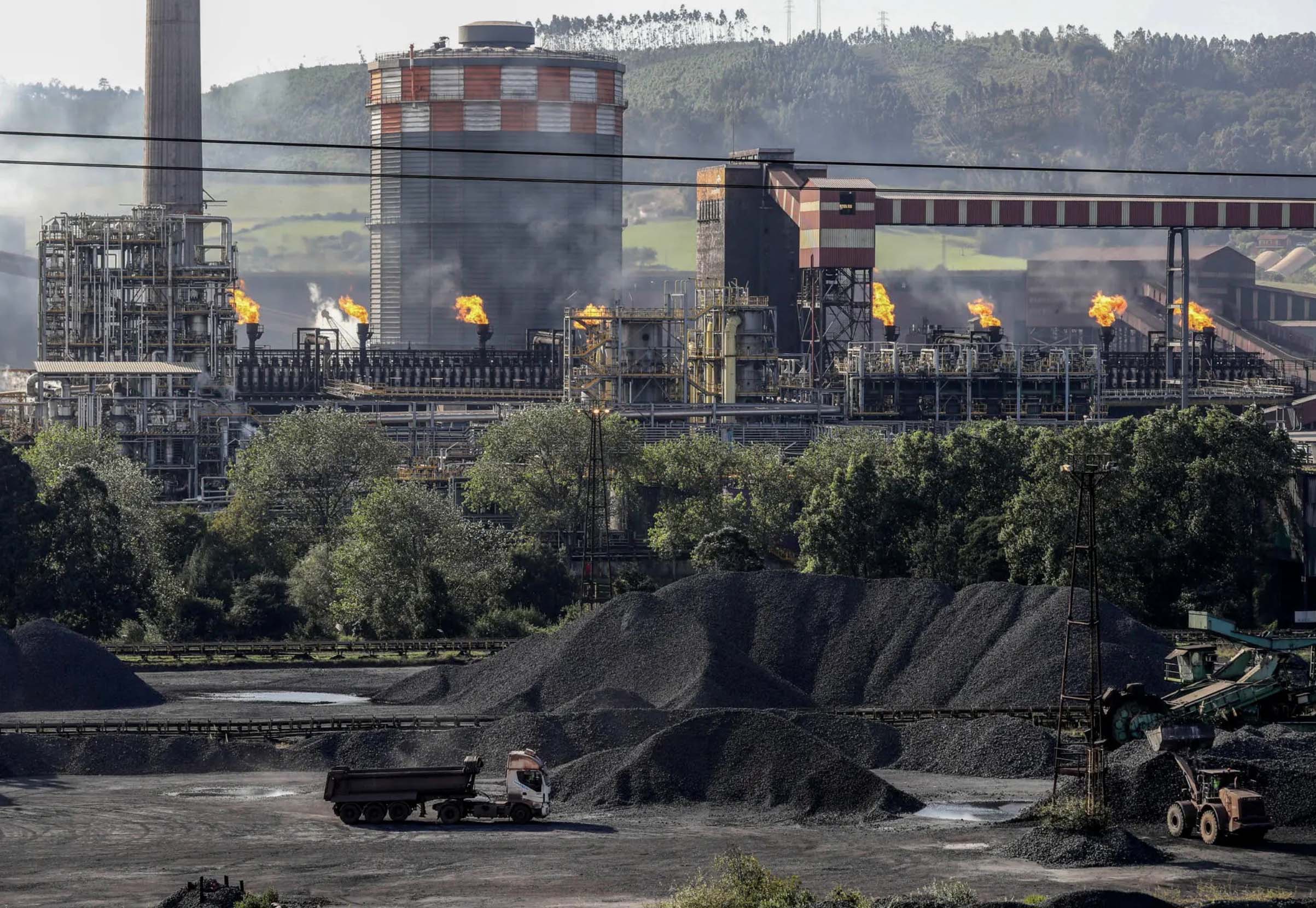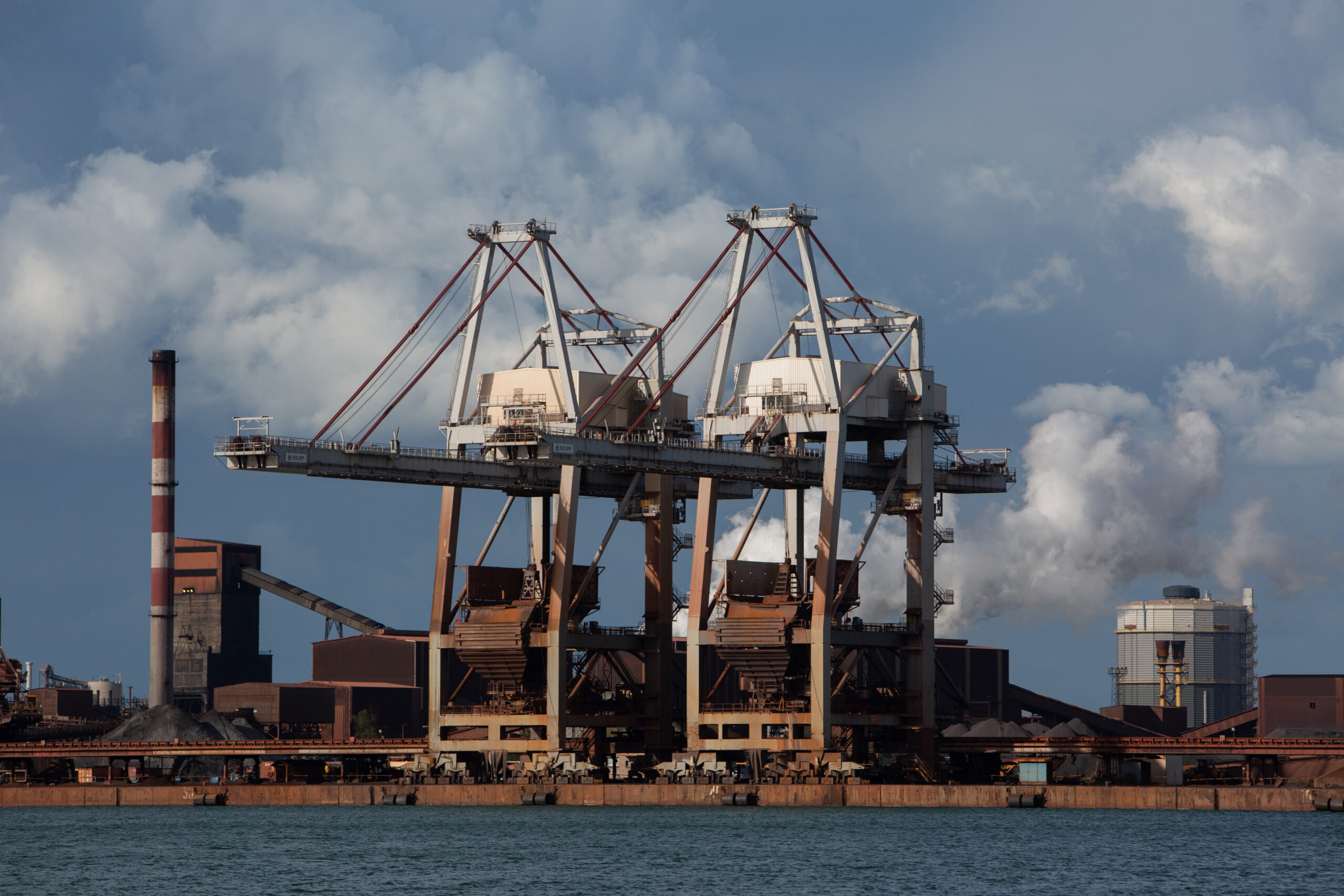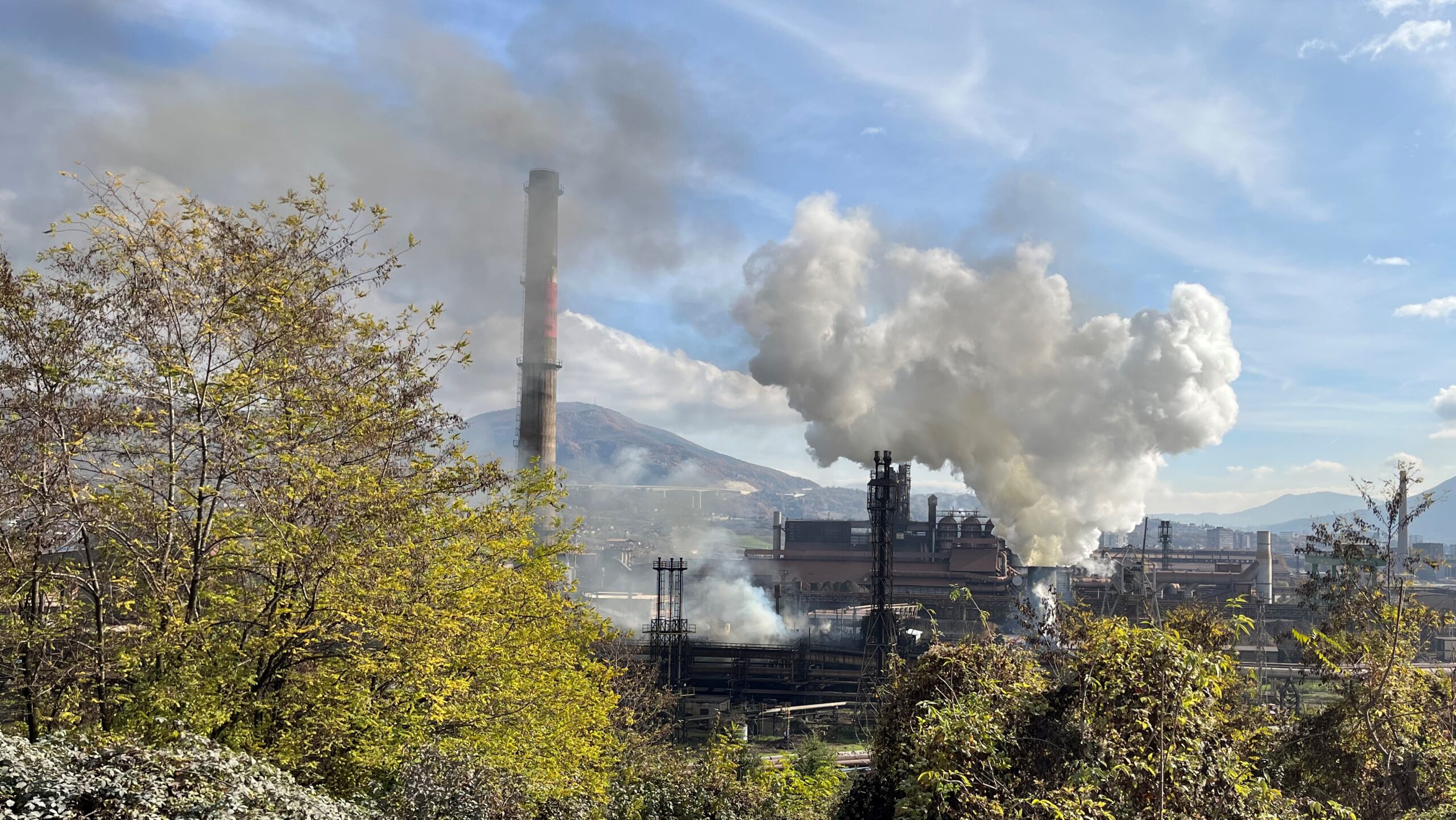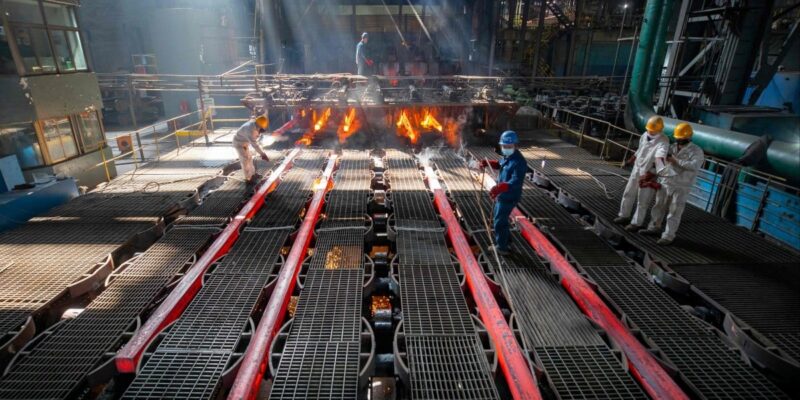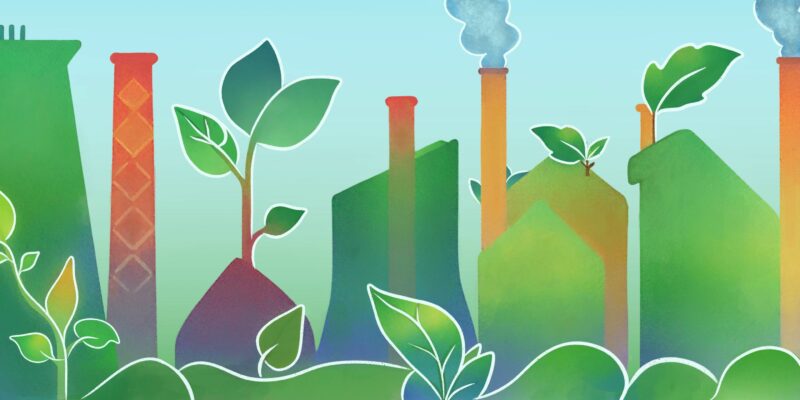The electric vehicle revolution is already slashing greenhouse gas emissions from transportation – but what if it could do even more?
The steel sector continues to be heavily dependent on coal-fired blast furnaces, which pump out more co2 emissions each year than the global aviation sector. Even worse, its emissions are still growing and it is far off track in decarbonizing at the rate needed to keep global warming to 1.5°C, a key threshold for mitigating the catastrophic impacts of climate change.
Yet, as the world’s third-largest consumer of steel, automakers hold in their hands the power to shape the future of one of the world’s most polluting industries. By driving demand for fossil-free steel for their clean EVs, automakers can play a pivotal role in decarbonizing the global steel industry. Which automakers are seizing this opportunity to build even cleaner EVs and supercharge the impact of the electric transition? Find out by exploring the data below from this year’s Lead the Charge Leaderboard.






